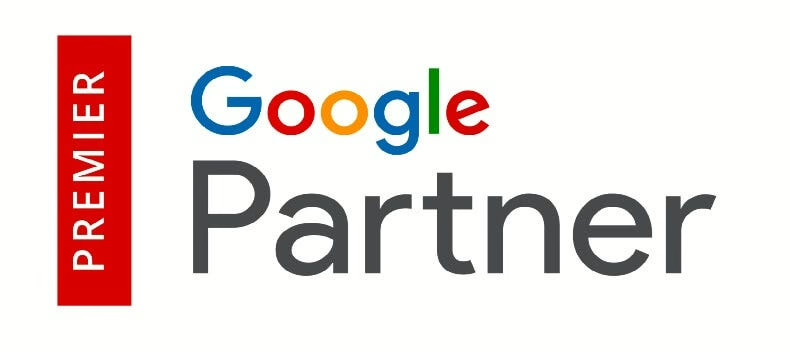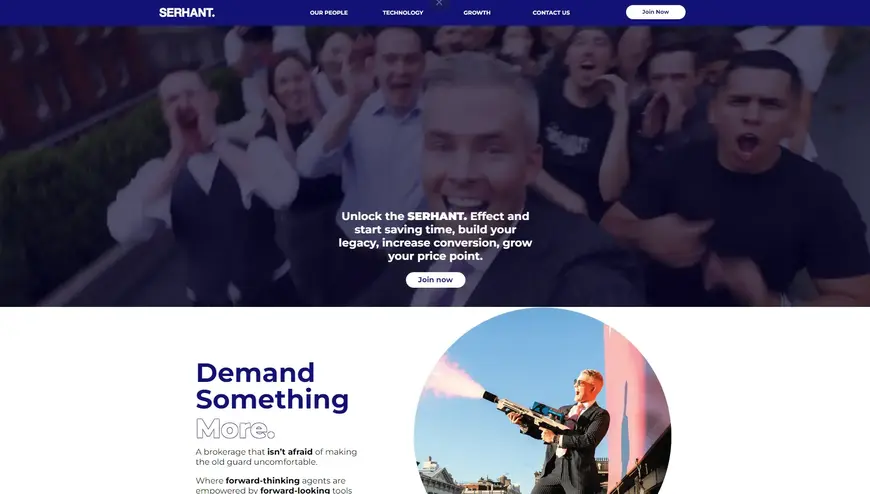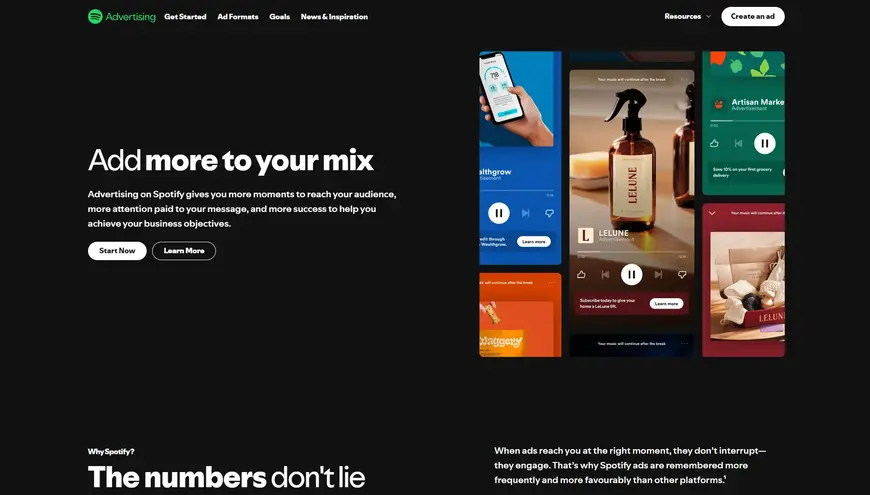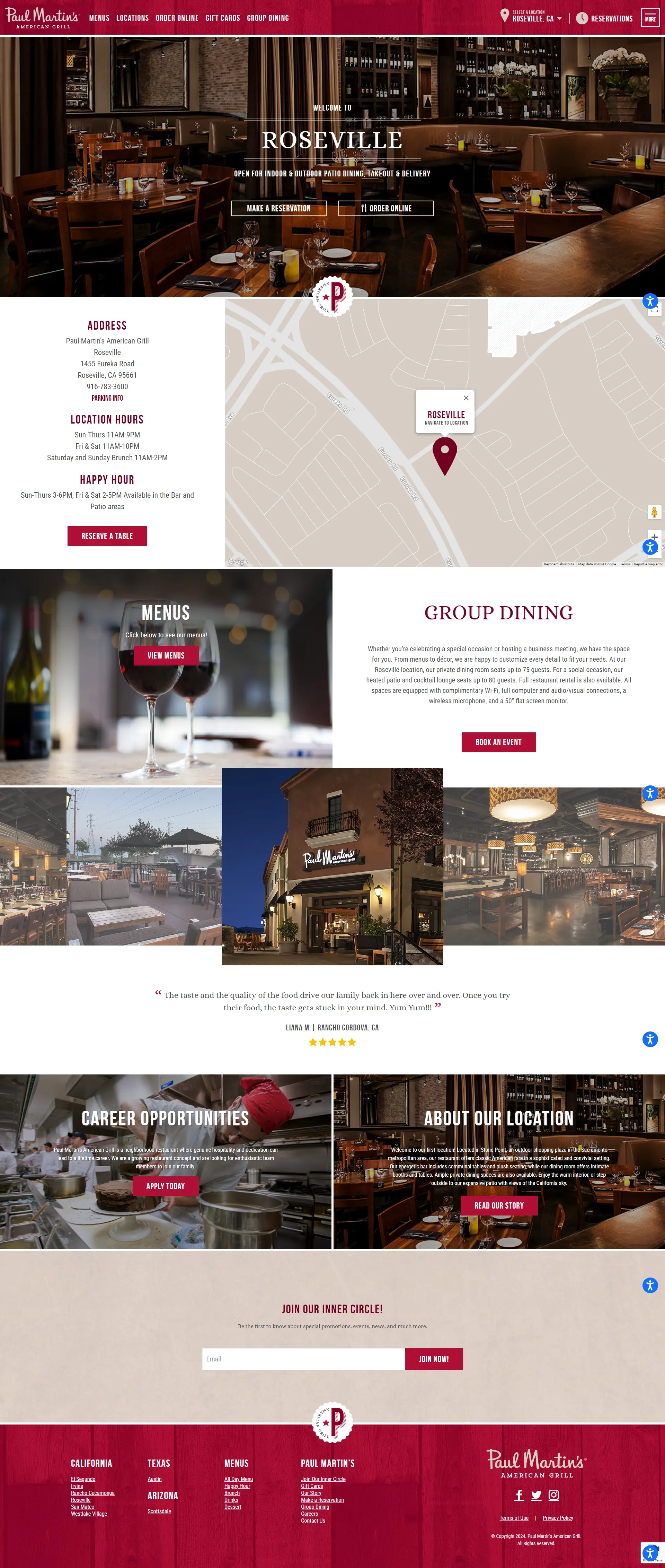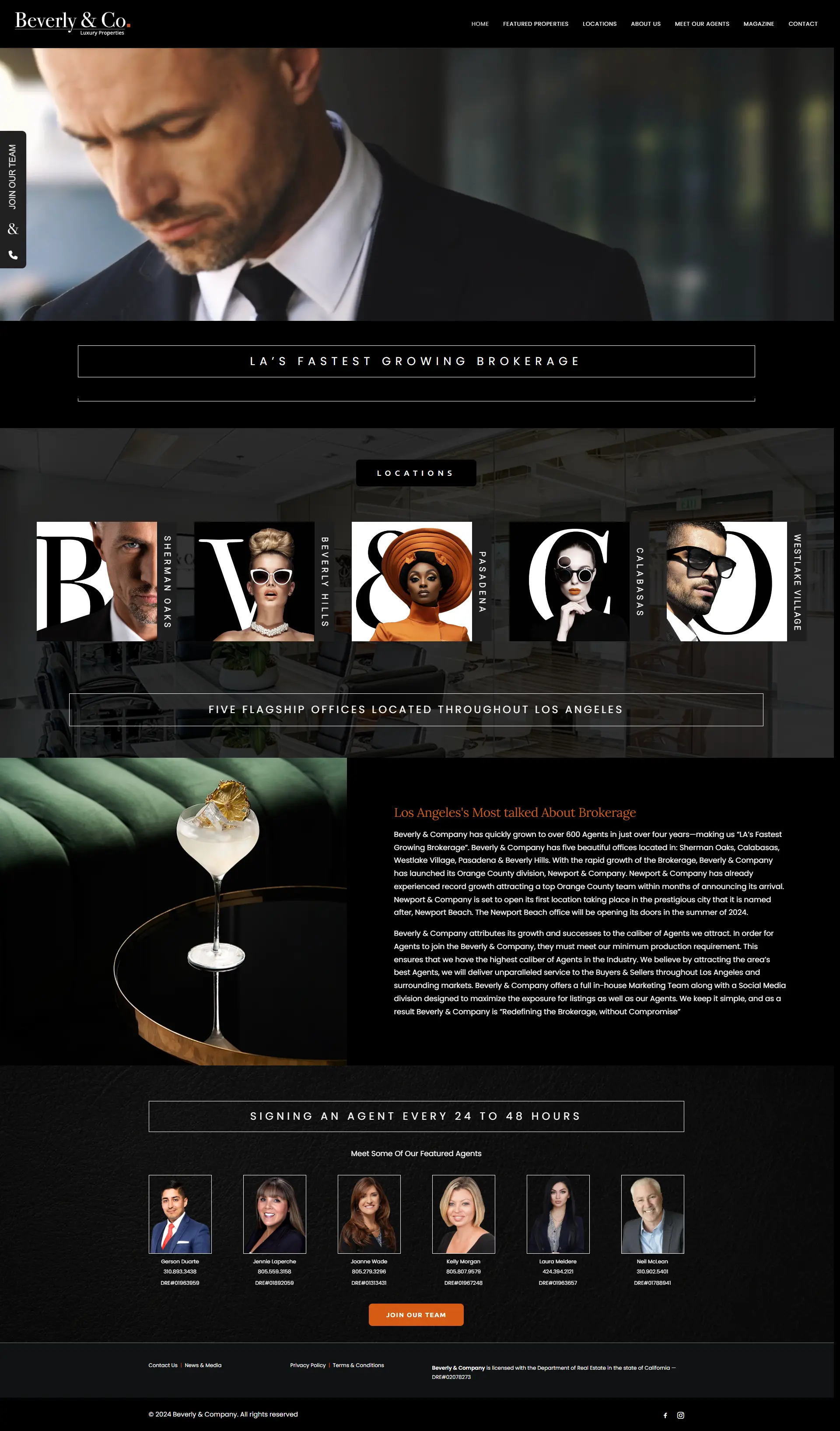LANDING PAGE DESIGN AGENCY
Our landing page design agency experts build high-performance landing pages that deliver a 30% CTR increase, guaranteed.
Customer Reviews
Best Converting Landing Pages
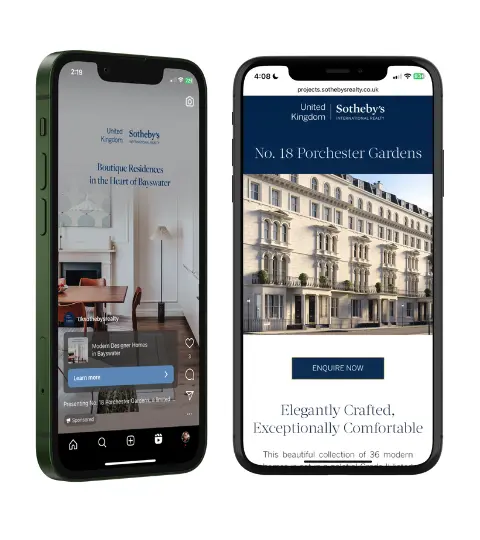
Approach
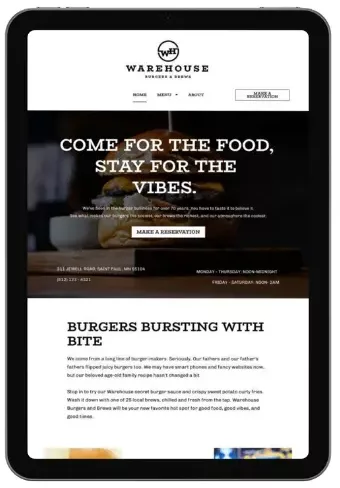
Capabilities
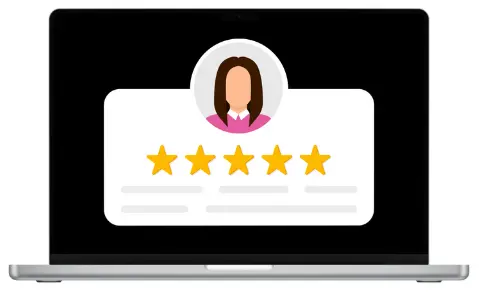
Results
We’re passionate about helping businesses achieve their goals through effective landing page design. Let us help you turn your website visitors into loyal customers.
Ready to Boost Your Conversions?
Landing Page Design Agency
Dominate In Style With A Website You Own
Our proven research, landing page design, on-page content and ongoing experimentation will drive better marketing performance for lead-generation businesses like yours.
What is a Landing Page?
The Importance of Landing Pages for Your Business
Boost Conversions: By eliminating distractions and presenting a clear call to action, landing pages guide visitors toward taking the desired action, resulting in higher conversion rates.
Targeted Campaigns: Create tailored landing pages for specific marketing campaigns, ensuring a seamless user experience from ad click to conversion.
Data Collection: Landing pages with lead capture forms allow you to gather valuable information about your audience, enabling personalized follow-up and nurturing.
Measurable Results: Track key metrics like page views, click-through rates, and conversions to gain valuable insights into your campaign performance and make data-driven optimizations.
Key Elements of an Effective Landing Page
Compelling Headline: Grab attention from the start with a clear and concise headline that communicates the page’s value proposition. Engaging Visuals: Use high-quality images or videos that resonate with your target audience and support your message.
Persuasive Copy: Craft compelling copy that highlights the benefits of your offer and addresses your visitors’ pain points. Clear Call to Action: Make it easy for visitors to take action with a prominent and action-oriented call-to-action button.
Mobile Optimization: Ensure your landing page looks and functions flawlessly across all devices, including smartphones and tablets.
Partner with a Landing Page Design Agency
Creating effective landing pages requires a combination of design expertise, marketing savvy, and technical know-how. A professional landing page design agency can help you:
Develop a Strategy: Define your goals, target audience, and key messaging to create a landing page that aligns with your overall marketing strategy.
Design and Develop: Craft visually appealing and user-friendly landing pages that capture attention and drive conversions.
Optimize for Results: Implement A/B testing and continuous optimization to maximize your landing page’s performance.
Integrate with Marketing Tools: Seamlessly connect your landing page with your CRM, email marketing platform, and other essential tools. Invest in Landing Page Design Today
Don’t leave your conversions to chance. Partner with a landing page design agency and unleash the full potential of your online marketing efforts. Contact us today to learn how we can help you create landing pages that deliver results.
Partner with a Landing Page Design Agency
Don’t leave your conversions to chance. Partner with us as your landing page design agency and unleash the full potential of your online marketing efforts. Book a free consultation with us to today to learn how we can help you create landing pages that deliver results.
Landing Page Design Videos
Landing Page Design Tips & Strategies From the Experts
Landing Page Design FAQs
Frequently Asked Questions About Landing Page Design
You can improve your landing page’s conversion rate by creating a compelling user experience, optimizing for mobile, and continually testing and refining.
Improving your landing page’s conversion rate is a continuous process that involves testing, analyzing, and refining. Here are some key strategies to consider:
- Create a compelling user experience: Ensure your landing page is visually appealing, easy to navigate, and provides a clear value proposition.
- Optimize for mobile: As more people use mobile devices, it’s essential that your landing page is optimized for smaller screens and loads quickly.
- Use strong visuals: High-quality images and videos can enhance the visual appeal of your landing page and make it more engaging.
- Keep it concise: Avoid overwhelming visitors with too much information. Stick to the essentials and use clear and concise language.
- Use social proof: Testimonials, reviews, and case studies can help build trust and credibility.
- Create a sense of urgency: Use limited-time offers or scarcity tactics to encourage visitors to take action.
- Test and refine: Continuously test different variations of your landing page to identify the most effective elements and make improvements.
- Track and analyze performance: Use analytics tools to track key metrics like conversion rate, bounce rate, and time on page.
- Stay up-to-date on trends: Keep up with the latest landing page design and optimization best practices.
By implementing these strategies and continually refining your landing page, you can significantly improve your conversion rates and achieve your marketing goals.
You can track the performance of your landing page using various analytics tools and metrics.
Tracking the performance of your landing page is essential to understand how effective it is in achieving your marketing goals. Here are some key metrics and tools you can use:
Metrics:
- Conversion rate: The percentage of visitors who take the desired action, such as signing up, downloading, or purchasing.
- Click-through rate (CTR): The percentage of visitors who click on your CTA.
- Bounce rate: The percentage of visitors who leave the page after viewing only one page.
- Time on page: The average amount of time visitors spend on the page.
- Traffic sources: Identify which channels or sources of traffic are driving the most visitors to your landing page.
Tools:
- Google Analytics: A powerful web analytics tool that provides detailed insights into your landing page’s performance, including traffic sources, conversion rates, and user behavior.
- Heatmaps: Visualize how visitors interact with your landing page, highlighting areas of interest and identifying potential issues.
- A/B testing tools: These tools allow you to test different variations of your landing page and compare their performance to determine which elements are most effective.
By tracking the performance of your landing page and using the insights gained to make improvements, you can optimize your landing pages for better results and achieve your marketing goals.
Additional Tips:
- Set clear goals: Before you start tracking the performance of your landing page, define your goals and what you want to achieve with it.
- Use relevant metrics: Choose the metrics that are most relevant to your goals and track them consistently.
- Test and optimize regularly: Continuously test and optimize your landing page to improve its performance over time.
- Stay up-to-date on the latest trends: Keep abreast of the latest landing page design and optimization best practices.
By following these tips, you can effectively track the performance of your landing page and make informed decisions to drive better results.
Conclusion
Landing pages are a crucial tool for any digital marketing strategy. By following the best practices outlined in this guide, you can create landing pages that are visually appealing, user-friendly, and highly effective at converting visitors into customers.
Common landing page design mistakes include cluttered layouts, weak CTAs, and lack of mobile optimization.
Avoiding common landing page design mistakes is essential for creating effective and high-converting pages. Here are some pitfalls to watch out for:
- Cluttered Layouts: Overloading your landing page with too much information can distract visitors and make it difficult to find the key elements. Keep your design clean and uncluttered, focusing on the most important elements.
- Weak Calls to Action (CTAs): A poorly designed or placed CTA can significantly reduce your conversion rate. Ensure your CTA is clear, prominent, and persuasive.
- Lack of Mobile Optimization: With the increasing number of mobile users, it’s crucial that your landing page is optimized for smaller screens. Ensure it loads quickly and is easy to navigate on mobile devices.
- Slow Loading Times: A slow-loading landing page can frustrate visitors and lead to higher bounce rates. Optimize your page’s images, code, and content to improve load times.
- Irrelevant or Misleading Content: Ensure your landing page content is relevant to the visitor’s search query and expectations. Avoid misleading information or promises that you cannot deliver.
- Poor User Experience: A confusing or difficult-to-navigate landing page can negatively impact the user experience and lead to lower conversions.
- Lack of Testing: Failing to test your landing page before launching can lead to unexpected issues and missed opportunities for improvement.
- Ignoring Analytics: Not tracking and analyzing your landing page’s performance can prevent you from identifying areas for improvement.
By avoiding these common mistakes and focusing on creating a well-designed and user-friendly landing page, you can significantly increase your chances of achieving your marketing goals.
There are several types of landing pages, each designed for a specific purpose. The main types of landing pages are:
- Lead Generation Landing Pages
- Click-Through Landing Pages
- Sales Landing Pages
- Webinar Landing Pages
- Thank You Landing Pages
Detailed Answer:
Landing pages can be categorized into different types based on their primary objectives. Here are some common types:
- Lead Generation Landing Pages: These landing pages are designed to capture leads, such as email addresses or contact information, in exchange for a valuable offer like a free ebook, webinar, or demo.
- Click-Through Landing Pages: These pages are used to drive traffic to another website or specific page. They are often used in conjunction with paid advertising campaigns.
- Sales Landing Pages: These pages focus on promoting a product or service and encouraging visitors to make a purchase. They typically include detailed product information, pricing, and a clear call to action.
- Webinar Landing Pages: These pages are used to promote and register attendees for online webinars. They often include information about the webinar topic, speakers, and registration details.
- Thank You Landing Pages: These pages are displayed after a visitor completes a desired action, such as making a purchase or signing up for a newsletter. They typically thank the visitor and provide additional information or next steps.
The type of landing page you choose will depend on your specific marketing goals and target audience. It’s essential to select the appropriate type to ensure that your landing page is aligned with your overall strategy and maximizes conversions.
A call to action (CTA) is a button or link that prompts visitors to take a specific action, such as signing up, downloading, or purchasing.
A call to action (CTA) is a crucial element of any landing page design. It’s the specific action you want visitors to take after landing on your page. A well-crafted CTA can significantly influence your conversion rate.
Key characteristics of effective CTAs include:
- Clear and concise: The CTA should clearly state the desired action and be easy to understand.
- Visually appealing: The CTA should stand out from the rest of the page and be visually appealing to encourage clicks.
- Strong verb: Use a powerful verb to create a sense of urgency or excitement, such as “Sign Up Now,” “Buy Now,” or “Download Now.”
- Benefit-oriented: Highlight the benefit the visitor will receive by taking the action.
- Strategic placement: Place the CTA prominently on the page, above the fold if possible, to ensure it’s easily visible.
Examples of effective CTAs:
- “Start Your Free Trial”
- “Download Our Ebook Now”
- “Sign Up for Our Newsletter”
- “Shop Now”
- “Contact Us”
By creating compelling CTAs, you can increase the likelihood of visitors taking the desired action and achieving your landing page goals.
A landing page is a web page designed to capture leads or conversions from a specific marketing campaign.
A landing page is a standalone web page designed to capture leads or conversions from a specific marketing campaign. Unlike your main website with various navigation options, landing pages typically have a clear call to action (CTA) to encourage visitors to take a desired action, such as signing up for a newsletter, downloading a freebie, or making a purchase.
Key characteristics of effective landing pages include:
- Single-minded focus: Landing pages should have a clear and concise goal, such as generating leads, driving sales, or promoting a specific product or service.
- Targeted content: The content on the landing page should be tailored to the specific audience and the campaign’s objectives. It should address the visitor’s needs, pain points, and desires.
- Strong visual elements: High-quality images, videos, and other visual elements can enhance the landing page’s appeal and make it more engaging.
- Clear call to action (CTA): The CTA should be prominent, persuasive, and easy to find. It should clearly indicate the desired action and create a sense of urgency or excitement.
- Minimal distractions: Landing pages should be free from clutter and distractions that could divert the visitor’s attention from the primary goal.
- Mobile-friendly design: As more people access the internet on their mobile devices, it’s essential that landing pages are optimized for mobile viewing.
The benefits of using landing pages include:
- Increased conversion rates: By providing a focused and targeted experience, landing pages can significantly increase the likelihood of visitors taking the desired action.
- Improved lead generation: Landing pages are a powerful tool for capturing leads and building your email list.
- Better tracking and analytics: Landing pages allow you to track the effectiveness of your marketing campaigns and measure your return on investment (ROI).
- Enhanced SEO: Landing pages can improve your website’s search engine rankings by targeting specific keywords and providing a better user experience.
In addition to the above, here are some additional tips for creating effective landing pages:
- Use a compelling headline: The headline should be attention-grabbing and clearly communicate the value proposition of the landing page.
- Keep it simple: Avoid overwhelming visitors with too much information. Stick to the essentials and use clear and concise language.
- Use social proof: Testimonials, reviews, and case studies can help build trust and credibility.
- Test and optimize: A/B testing can help you identify the most effective elements of your landing page and make improvements over time.
- Integrate with your marketing automation tools: Landing pages can be integrated with marketing automation software to streamline lead capture and nurture processes.
A/B testing is a method of comparing two versions of a landing page to determine which performs better.
Detailed Answer:
A/B testing is a powerful tool for optimizing landing pages. It involves creating two or more versions of a landing page with variations in elements such as headlines, images, CTAs, or content. These versions are then shown to different groups of visitors to measure which one performs better based on metrics like conversion rate, click-through rate, and time on page.
By conducting A/B tests, you can:
- Identify the most effective elements: Determine which headlines, images, CTAs, or content variations resonate best with your target audience.
- Improve conversion rates: Optimize your landing pages to increase the number of visitors who take the desired action.
- Make data-driven decisions: Base your landing page optimization decisions on real-world data rather than assumptions or opinions.
- Continuously improve: A/B testing allows you to make ongoing improvements to your landing pages and achieve better results over time.
When conducting A/B tests, it’s important to:
- Test one variable at a time: To isolate the impact of each change, focus on testing one element at a time.
- Have a large enough sample size: Ensure you have a sufficient number of visitors to each version to obtain statistically significant results.
- Track relevant metrics: Monitor metrics such as conversion rate, click-through rate, and time on page to assess the performance of each variation.
- Analyze results carefully: Review the data from your A/B tests to identify trends and insights that can inform your optimization efforts.
By effectively utilizing A/B testing, you can continuously improve your landing pages and achieve your marketing goals.

